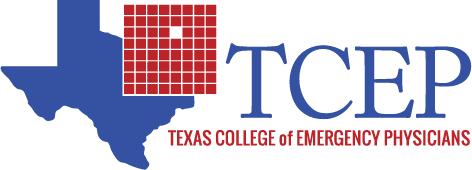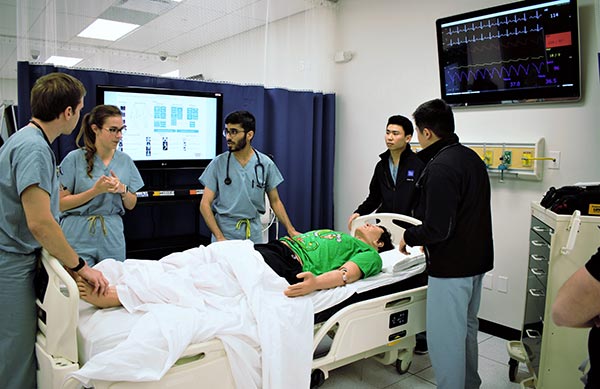Recap of SIMS 2nd Annual National Conference
Lining up on a brisk Saturday morning in Fort Worth, Texas, 130 medical students entered the Medical Education and Technology building at the Texas College of Osteopathic Medicine to begin a weekend dedicated to the practice of medical simulation. Attendees included Texas medical students from Texas College of Osteopathic Medicine, University of Texas Southwestern, University of Texas Health Science Center San Antonio, Texas Tech Health Sciences, Baylor College of Medicine, Texas A&M Health Science Center, University of Texas Medical Branch, McGovern Medical School, as well as out of state students from AT Still University, William and Carey College of Medicine, and Touro College of Medicine. This was the Second Annual National Student Initiative in Medical Simulation (SIMS) Conference, an organization founded by, now Yale resident physician, Evan Strobelt. Students began their morning with a keynote address delivered by Dr. Tyson Pillow, Baylor College of Medicine Emergency Medicine Residency Program Director, highlighting the history of simulation and the role it plays in current medical education. While entertaining the audience with anecdotal experience, he challenged everyoneall to take back what they learned would learn over the weekend and use it to show propose to their respective administrations what simulation can bring to their campus. From here, the two tracks of the conference began; the skills clinics and the team competition. The skills clinics focused on using home materials to create equipment for central linees and, chest tube procedures as well as an ultrasound clinic sponsored bys , **. SonoSim also sponsored an Ultrasound clinic ***. There was also A finala session that informed students on how to start their own SIMS organization including addressing general meeting topics and how to write cases. The team competition was is the event that everyone wasis anxious to get started. Some of these teams competed in qualifiers at their own schools to get the chance to compete at nationals, some teams were competing for the first time, and there was even a team that came together the day of tfor the first time too see how they would fare! The team names are almost a competition of their own… SIMpathetics, Mighty Morphine Power RangersaSIMptomatic, Full Court Pressors and Turn and Cough were just a few who came to play. All the cases presented were written by students from across the state with many volunteers required to bring them to life. Teams went head to head to see how they could manage these acute care patients. The judging panel included attending physicians from the fields of emergency medicine, anesthesiology and obstetrics/gynecology. Teams are not only judged for their medical management but also on how well they communicate and delineate their roles amid a stressful situation. In true tradition, patient cases started more straightforward with each advancing round becoming more difficult either through medical management or a change in circumstances. There were several cases with distractors that forced teams to look past a typical presentation to see what other emergent conditions might be true cause of the patient being in the EDcontributing to the patient’s declining state. Teams had to prioritize two patients, handle difficult family members, and, in the most chaotic scenario, handle a trauma surgeon, orthopedic surgeon, and two eager and well intentioned medical students. After an impressive showing by all teams, two teams were left heading to finals. A team of first year medical students from UTHSCSA took the victory over second year team (Kick Acidosis) from TCOM in a patient case requiring the use ultrasound and chest tube placement. A closing ceremony was the perfect way to finish the o a successful weekend, celebrating students who were applying their learning outside the classroom taking their learning outside the classroom with medical simulation. -Tavisty Tarkenton, MSIII
|

